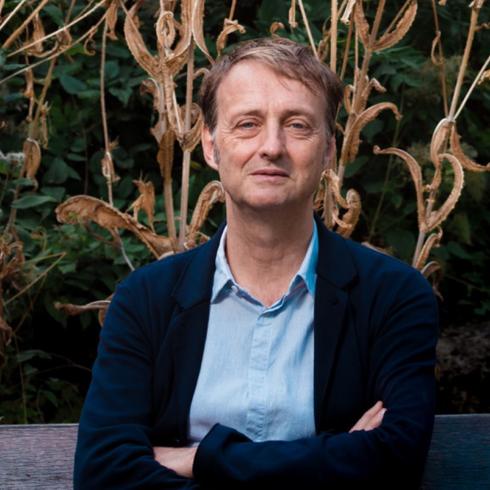
" (Re)transmission (2018) "
Pour 10 musiciens, 8 chanteurs et électronique
SÉLECTION 2020
- Nominated for : The Musical Composition Prize 2021
In (Re)transmission, the sound boundary between the stage and audience is obliterated. Sound permeates the venue, striding the entire hall, from the stage to the audience.
In the first part, the musical material is amplified by the instrumental ensemble. In the second part, the music becomes pianissimo, pervading the audience. Singers (dressed normally) disseminated in the hall seem to be part of the audience, except that they respond to the musicians onstage. The sounds of the instruments are repeated, prolonged in soft polyphony that permeates the concert venue, like a spreading rumour.
A system of twenty small concealed loudspeakers completes this polyphony whose multiple sources seem mysterious. This antiphony between the music onstage and in the audience is articulated, interacting to end up forming one grand resonant environment filling the concert hall. Immersed in the music, the audience enjoys picking out the sounds hovering about as if they were in an unfamiliar forest inhabited by multiple presences in the environment.
Finally, in the third part, the music retransmitted once again to the musicians, returns to the stage and deploys the energy of sound until the end.
Jean-Luc Hervé

